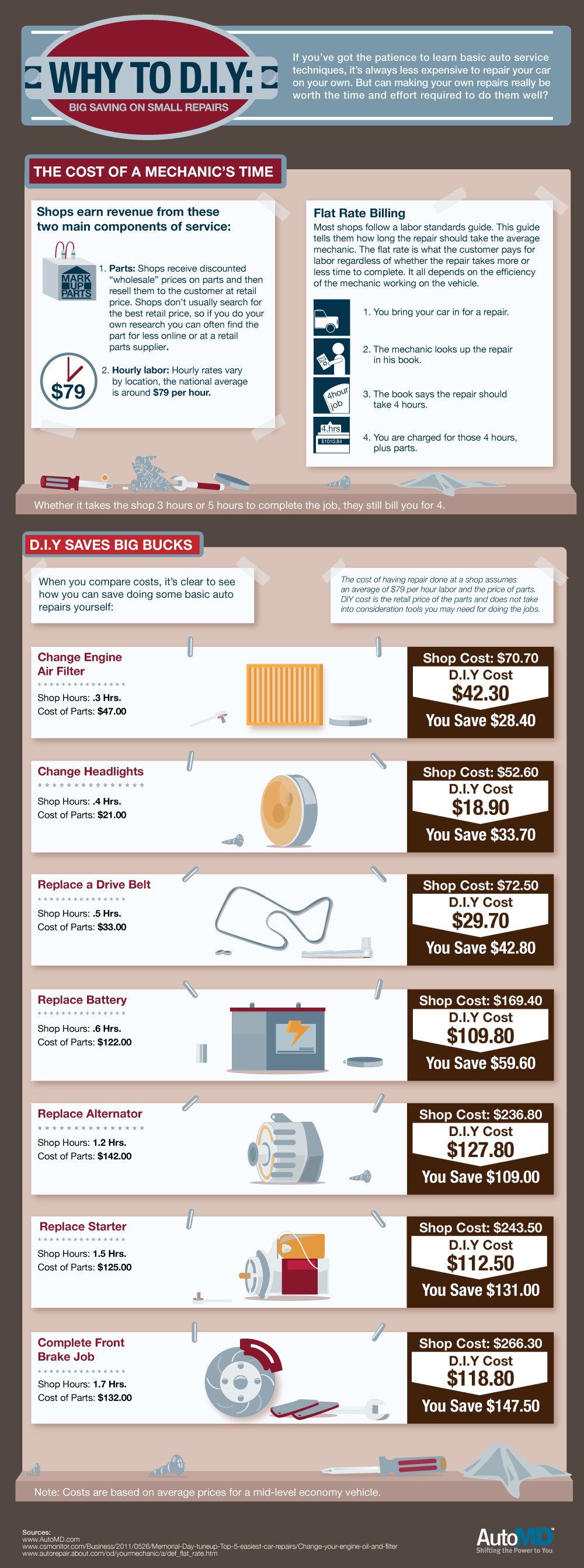Comprehending The Actual Implications Of Caution Indicators In Your Automobile
Comprehending The Actual Implications Of Caution Indicators In Your Automobile
Blog Article
Staff Author-Peck Conradsen
When you're behind the wheel, those radiant warning lights on your control panel can be a bit difficult. Do https://brake-pads-and-rotors62839.smblogsites.com/27693617/not-staying-on-top-of-normal-upkeep-can-result-in-pricey-repair-services-and-jeopardize-your-security-when-traveling-comprehend-the-importance-of-remaining-aggressive-in-this-regard understand what they're trying to inform you about your cars and truck's health and wellness? Comprehending the relevance of these lights is vital for your safety and the longevity of your car. So, the following time among those lights appears, would not you want to decipher its message properly and take the necessary actions to resolve it?
Common Warning Lights and Interpretations
Recognize common warning lights in your cars and truck and comprehend their definitions to ensure secure driving.
One of the most normal caution lights include the check engine light, which signifies problems with the engine or emissions system. If this light comes on, it's essential to have your automobile inspected promptly.
The oil stress advising light indicates low oil stress, requiring instant focus to avoid engine damages.
A flashing battery light may recommend a faulty charging system, possibly leaving you stranded if not addressed.
https://www.newportri.com/story/news/local/2022/02/24/newport-ri-cjs-tire-auto-service-struggling-after-theft-fraud-112-jt-connell-highway/6908493001/ tracking system (TPMS) light notifies you to reduced tire pressure, influencing automobile stability and fuel effectiveness. Disregarding this might lead to risky driving conditions.
The abdominal muscle light suggests an issue with the anti-lock braking system, endangering your ability to stop promptly in emergency situations.
Last but not least, the coolant temperature level cautioning light warns of engine overheating, which can lead to severe damages otherwise resolved swiftly.
Understanding these typical warning lights will certainly help you deal with problems promptly and preserve risk-free driving problems.
Relevance of Prompt Focus
Comprehending the usual caution lights in your auto is only the first step; the value of without delay dealing with these cautions can't be highlighted sufficient to ensure your safety and security on the road.
When a caution light brightens on your dashboard, it's your auto's way of connecting a potential issue that requires focus. Disregarding these warnings can result in much more extreme problems in the future, compromising your safety and potentially costing you more in repairs.
Prompt attention to warning lights can avoid break downs and crashes. For instance, a blinking check engine light can indicate a misfire that, if left unattended, can trigger damages to the catalytic converter. Resolving this promptly can conserve you from a pricey repair.
Similarly, a brake system alerting light could signal low brake fluid or used brake pads, essential elements for your security when driving.
DIY Troubleshooting Tips
If you discover a caution light on your dashboard, there are a couple of do it yourself repairing suggestions you can try before seeking professional aid.
The first step is to consult your cars and truck's guidebook to comprehend what the specific warning light indicates. Occasionally the concern can be as simple as a loose gas cap setting off the check engine light. Tightening up the gas cap might solve the trouble.
Another common concern is a low battery, which can set off various cautioning lights. Inspecting the battery connections for deterioration and ensuring they're secure could take care of the issue.
If a warning light lingers, you can attempt resetting it by separating the vehicle's battery for a few mins and afterwards reconnecting it. Additionally, checking your vehicle's fluid degrees, such as oil, coolant, and brake fluid, can help troubleshoot cautioning lights connected to these systems.
Verdict
Finally, understanding your auto's warning lights is necessary for keeping your lorry running smoothly and safely. By quickly dealing with these notifies and knowing what they indicate, you can prevent expensive repair work and prospective failures.
Keep in mind to consult your vehicle's guidebook for specific information on each cautioning light and take action appropriately to guarantee a hassle-free driving experience.
Stay notified, remain safe when traveling!
